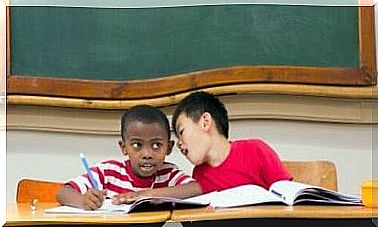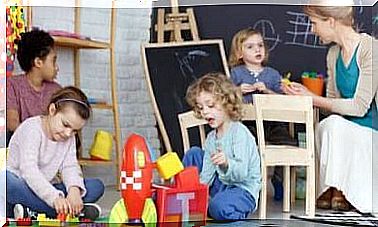Howard Gardner’s Thoughts On Teaching
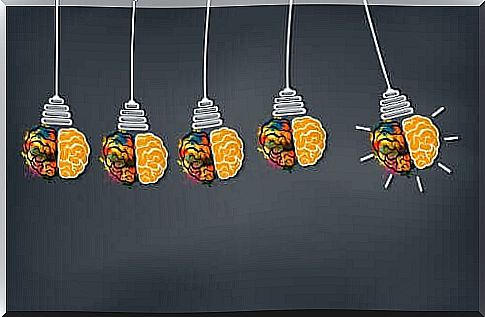
Howard Gardner is an American psychologist and researcher best known for the theory of multi-intelligence he developed, in which intelligence is considered to be eight independent abilities influenced by culture. Gardner divided intelligence into linguistic, mathematical-logical, musical, spatial and visual, physical, intrapsychic and interpsychic intelligence, and the ability to understand nature.
Gardner’s findings have also had a major impact in the field of education and training. His thoughts on the subject can be summarized in his most famous utterances, which we share in this article.
Howard Gardner’s thoughts on teaching
According to Howard Gardner, we use and combine different intelligences in a personal and unique way. Thus, each person has their own intellectual profile, and we do better in some areas than in others. In addition, Gardner argues that our own creativity expresses itself in each of these types of intelligence.
When it comes to understanding education, we need to do it from an essential and comprehensive perspective, where:
- We work in all areas of learning
- Teachers apply Gardner’s theory of multi-intelligence in their lessons with their students
6 Howard Gardner’s statement
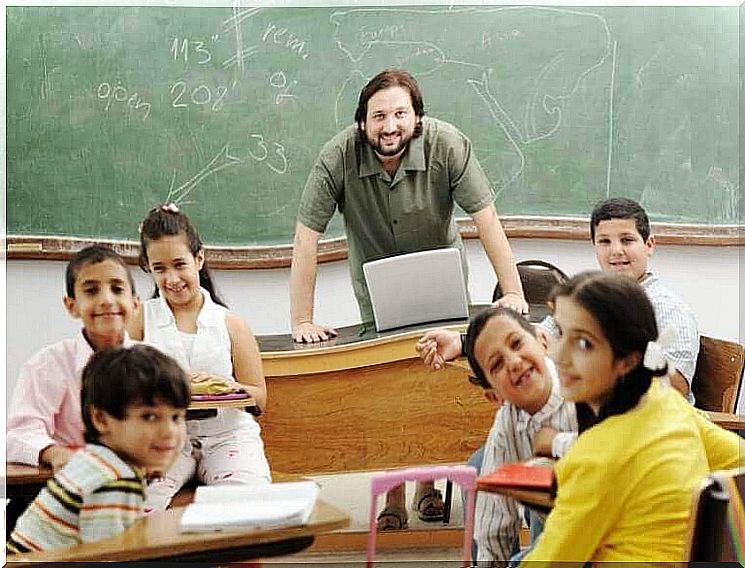
1. “Every human being has a unique combination of intelligence. This is a fundamental educational challenge. ”
To teach and educate children properly, we need to know their potential and give them the opportunity to develop as well as they can. In this sense, the education system must provide children with individual and personal attention and value all forms of intelligence equally.
2. “We can ignore differences and assume that every person’s mind is the same. Or we can take advantage of these differences. “
Not all children learn the same way; each person has a specific intellectual profile and their own learning style. This must be taken into account in order to provide quality education and to take into account the needs of each student.
3. “Advances in technology are forcing us to teach children in a new way.”
Information and communication technologies can facilitate the work of teachers in the teaching-learning process. Today, there are many innovative teaching methods involving the use of computers, tablets, and other electronic devices. These allow for the stimulation of different types of intelligence as well as the customization of teaching and learning.
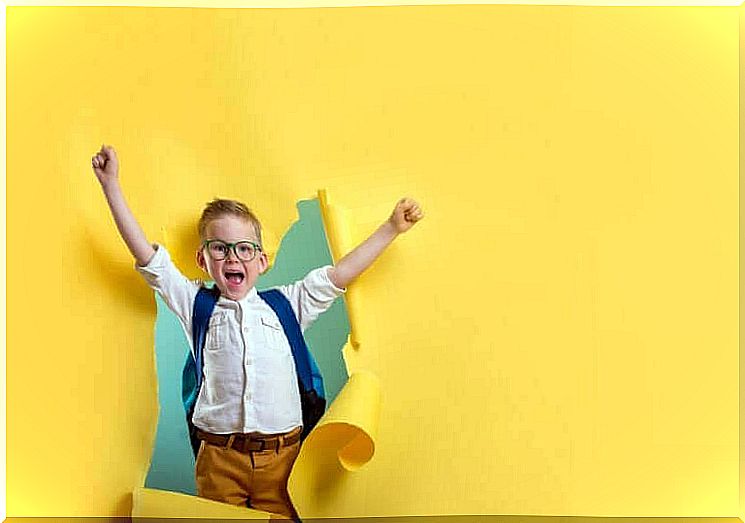
4. “Children leave their mark by doing what they can, not by doing what they cannot. Schooling is important, but life is more important. Happiness is to use your own skills productively, no matter what they are. “
According to Gardner, intelligence includes the ability to solve a problem or make products that are important in a cultural context. Therefore, the purpose of education is to get children to acquire skills and abilities that are useful in daily life and future development. In this way, children grow into adults who can in some way make a positive contribution to society.
5. “Education is designed to help people use their minds better.”
As we said earlier, the mind is made up of different types of intelligences. We should prepare children in our schools to use them effectively.
6. “We should spend less time classifying children and more time helping them identify their natural gifts and abilities. There are hundreds and hundreds of ways to succeed, and many different skills will help you succeed. ”
Children are quite often compared to each other, especially in the school world. However, this is a serious mistake, as each student has certain exploitable characteristics. Therefore, teaching should focus on the individual intellectual profile of each child and the exploitation of strengths. The school should adapt to the students, not the other way around.

